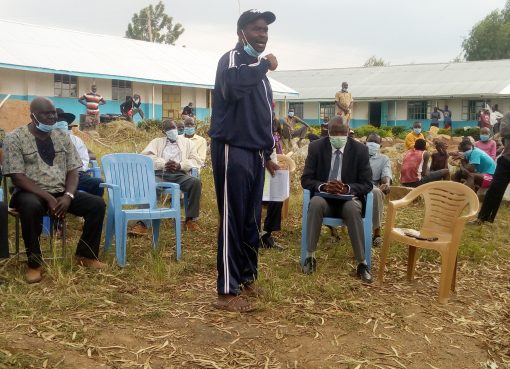Kitengela small-scale traders have lined up their merchandise eagerly waiting for buyers in anticipation of making a windfall following the reopening of schools.
Despite most traders selling sweets and biscuits, others are seen selling ice cream, stationery and cakes.
Many of them had suffered losses during the Election period and had to close shop during the exercise.
According to Moses Kamau, an ice cream vendor, the return of learners to school has brought hope to thousands of small-scale traders in the country.
“We usually get a business boost when schools reopen. We had lost business and the weather was not the best to consume our product as well as with the elections going on,” said Kamau.
According to traders, students provide a huge market for their products and services.
Bodaboda riders are another happy lot as they ferry a majority of the learners to and from schools.
“Am glad business is back. I pick and drop at least three pupils a day to and from schools, with each trip costing Sh50. This is money that I could only dream of when schools were closed,” said Moses Onyoni, a rider in the area.
Schools countrywide resumed the second term Thursday after a three-week break to allow for the holding of the General Election on August 9, 2022.
Schools were to re-open on August 11 after the Election but this was not to be, as the CS Education George Magoha moved the reopening date to August 15 and later rescheduled the date to Thursday August 18, 2022, for a smooth transition of the students.
According to WorldRemit’s 2022 Cost of School report, families in Kenya will spend more on school supplies than 1.75 times their monthly family income. This is because of global inflation, which has increased the price of enrolling children in educational institutions.
Many households are anticipated to be severely impacted by the increase in school supplies, particularly the low-income population, which already faces high food and household supply prices.
Since 2020, there has been an increase in inflation as a result of supply chain bottlenecks and a lack of raw materials that have raised the cost of goods.
By Vivian Mbinya




